'Business decision': Growing hockey requires embracing diverse communities
Internal NHL demographic data shows what a lot of people anecdotally know: the NHL is very white. On the ice, more than 90% of players and almost all coaches and officials are white. Behind the scenes, 83.6% of league staff are white, according to data released in 2022.
Author Steven Sandor is trying to figure out why. His upcoming book, "Leveling the Ice," scheduled for a September release, examines the forces at the grassroots and professional levels that prevent more people of color from getting involved in the sport.
"I don't think hockey is any different than a lot of the sports that had their origins in the late 19th century. A lot of sports were very white. They were ways of dividing classes," Sandor said. "As much as people like to talk about soccer in England as being this great equalizer when it gained popularity in the 19th century, it was predominantly played by white people as an alternative to rugby, which was also played predominantly by white people. It took a long time, even for soccer, which we kind of see as the people's global game, to not be very, very white."
While other sports have embraced fans and players of color, hockey has remained limited in its diversity. One difference Sandor sees is hockey's reluctance to lean into its own heritage.
"There is a history of Black hockey in Canada. The Colored Hockey League existed in the late 19th century. The Fosty brothers have written about this at length. In my book, I get into the idea that this history has been kind of buried," Sandor said. "It's not really in the Hockey Hall of Fame that the Colored Hockey League existed. There was an all-Black, semi-professional hockey league that existed in Eastern Canada long before the colored baseball leagues existed. Hockey was actually the first of the sports to have an organized Black league."
theScore recently caught up with Sandor to talk about making hockey more inclusive. This interview has been edited for length and clarity.
theScore: Why are the stories of Black hockey history less widely known than in other sports, like MLB?
Sandor: The point in the book, which I think is the uncomfortable truth about why the Colored Hockey League is not remembered, is that so many of the teams' names and the league's existence was about the honoring of the Underground Railroad and honoring of the fact that many of the players playing in that league were the grandchildren or children of escaped slaves from the United States. Even the team names like the Africville Seasides - the names on the jerseys were real nods to the politicization of that Underground Railroad and of this whole idea that people were starting new lives in Canada. …
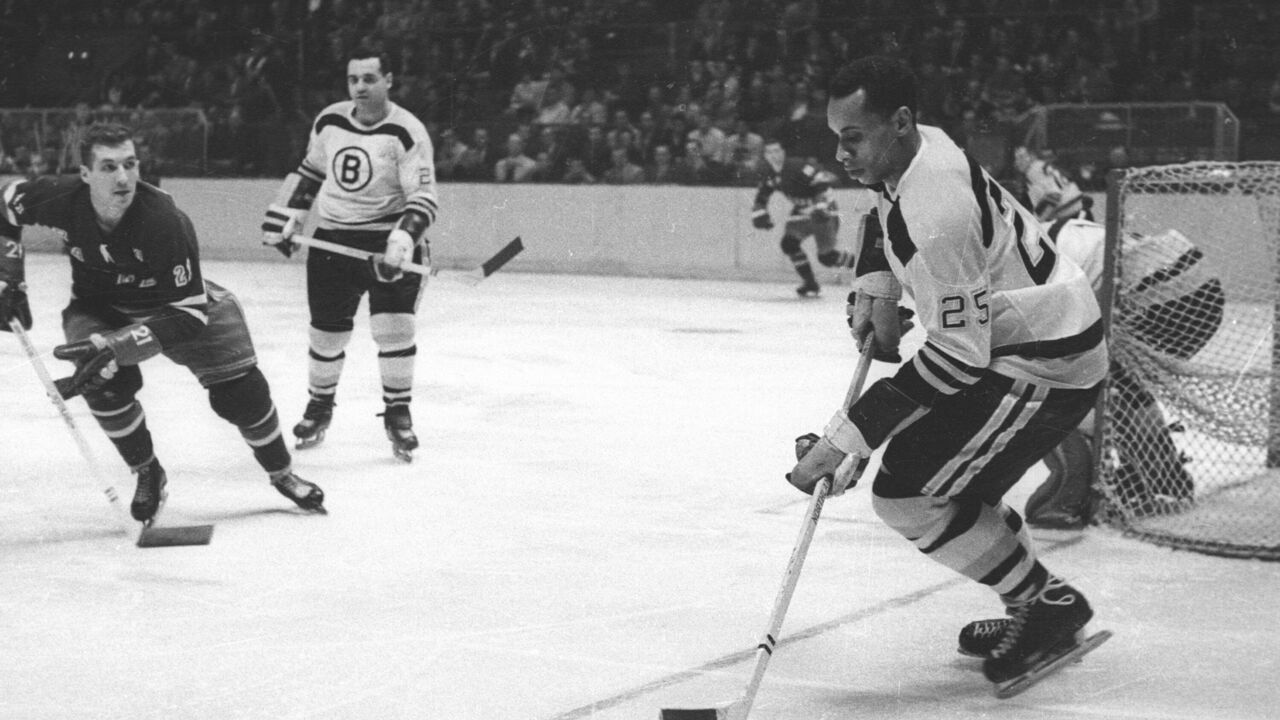
When it comes to honoring those players, it gets into a lot of things that you wouldn't necessarily want to get into when the national anthems play before a Chicago game, or before a Rangers game, or before a Kings game. They wouldn't want to get into those kinds of uncomfortable discussions.
I think it's a lot easier with the (Negro Leagues) and Major League Baseball's relationship with it. But I think the Colored Hockey League has a very, very odd relationship with hockey history. It's unfortunate because I really think the push has to be made in some way to get some of those players - if they're not honored as full members the Hall of Fame - at least honored in some way, remembered in some way that people understand. I think it would make the world of difference to players of color if they understood there was a connection that goes back 130 years …. Yes, players of color played hockey, they enjoyed hockey, and there was an actual league where it was celebrated. It wasn't necessarily a white sport, even though the professionalization and such of it excluded players of different races at that time.
theScore: Do you think the efforts to make professional hockey more inclusive are genuine?
Sandor: I do think it's genuine, but I also think there's a lot of work to be done. There have been other books written about how hockey has a race problem. That's not new. What's different in what I'm doing with this book is this: I talked a lot with Stephanie Jackson at USA Hockey, Irfan Chaudhry at Hockey Canada, and with Kim Davis at the National Hockey League. These are three thought leaders and people of color. And instead of saying, "Does hockey have a race problem?", they're saying, "Hockey does have a race problem, and this is how we fix it." These are people who are experts in race relations and civil rights. They've been brought in to share a new perspective on what keeps hockey white, and why it's slow to diversify even though there are so many people with good intentions.
I know people are going to criticize me because I'm a white guy writing this. But this is the problem. The grassroots are still very white. That's where the diversification is going to start. Kim Davis says over and over in the book that the National Hockey League has to be the North Star, the guiding principle, the shining light for hockey around the world. But at the same time the National Hockey League, or Hockey Canada, or USA Hockey can make all the efforts, and it doesn't matter if it doesn't funnel down to the grassroots where young kids and their families feel they're comfortable and welcome at the local rink.
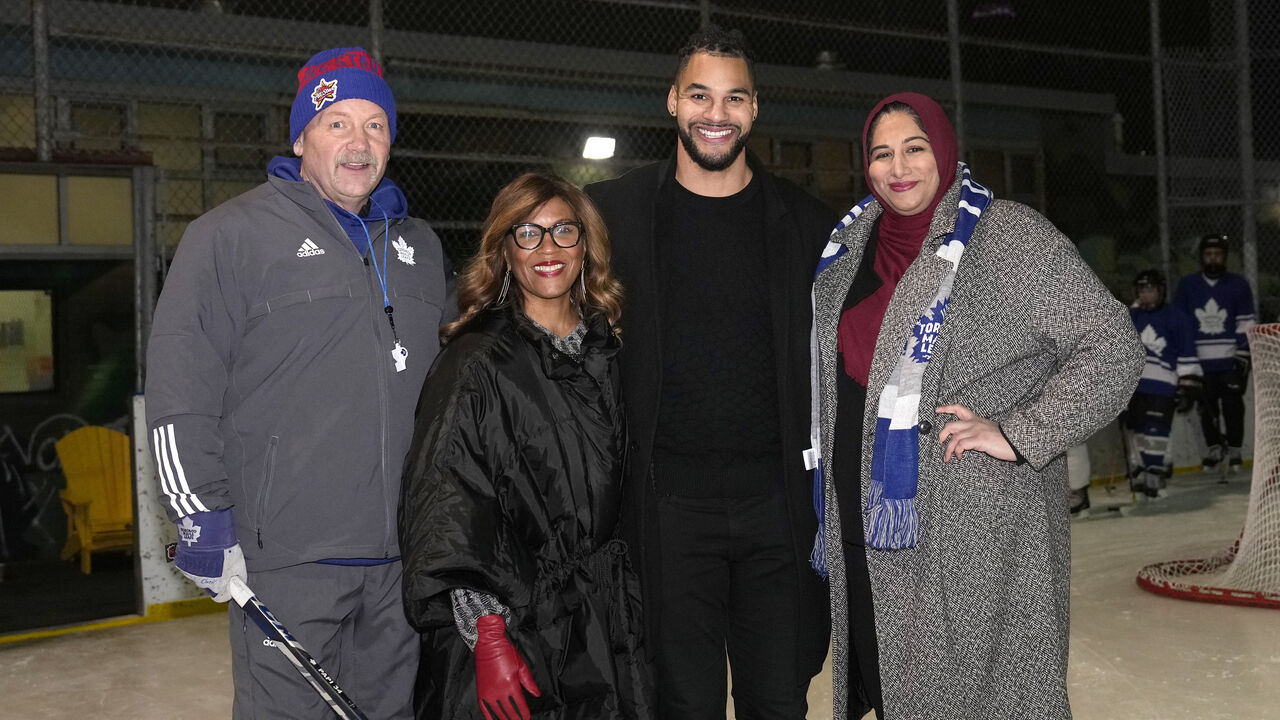
There are programs out there to make players feel more welcome, but it takes a lot to convince people to change. A lot of times I think white people will think we're doing great because there's now the one kid of color on the team or the second kid of color on the team. I don't think there's a lot of coaches left who would honestly say they're not picking a player because he or she is Black or South Asian or Asian. The question needs to be asked, why aren't there more kids of color trying out? How do we make the rink more inviting? That's the hard question. We have to try to figure out how to make the hockey rink more welcoming and more inclusive and feeling like it's a place to celebrate the game, and it doesn't matter what you look like.
theScore: What are some of the factors that are preventing people of color from getting involved in hockey at a grassroots level?
Sandor: The first and easiest one is money. Hockey has become exceptionally expensive. The drive to professionalize minor sports drives out a lot of people and it drives out people of limited economic means. You go outside most hockey rinks and parents are driving there in their BMW SUVs. Or their … Ford F150s with the super cabs. You're not seeing a lot of Toyotas or people getting there on the bus. Money is obviously the first factor, and it makes it a hard barrier to entry for lots of people.
I think the second is we have to understand there's a lot of times where we as white people don't talk about race enough. White people are afraid to talk about race most of the time. It's sad and it's unfortunate because we have a real issue talking about race and we should be more comfortable talking about it because the people around us of other races don't have a problem talking about race. So when you're looking at trying to fix hockey and make it more inclusive, a lot of those people at the rinks will be well-meaning but they're all white and generally Christian. Sometimes they don't understand cultural barriers, the little things that make a player of color feel uncomfortable.
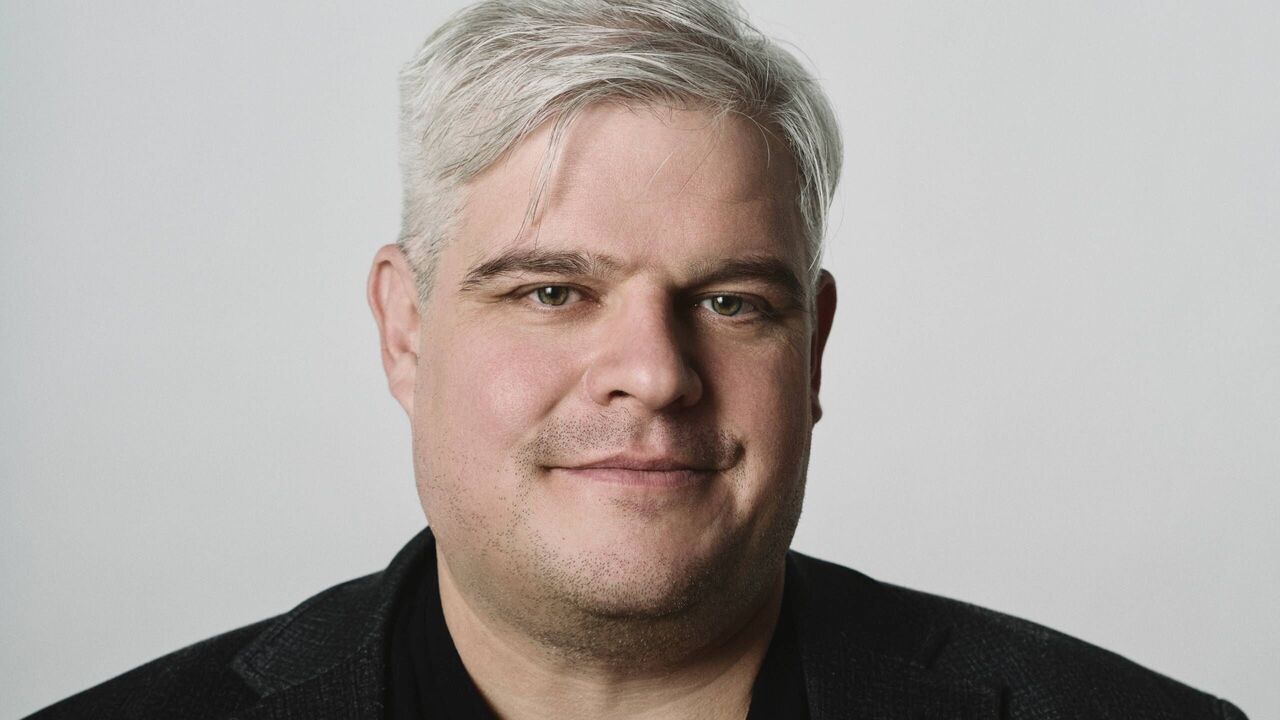
I'm going to change the example to soccer because I coached a couple of years ago. The parents on my team were talking about having a big Christmas party. And I stated that six of my players on my team are Islamic. Here we are celebrating a Christian holiday. It's little things like not understanding that, which makes you feel excluded. …
Mark Fraser (a former NHL defenseman who is now the Toronto Maple Leafs director of culture and inclusion) talked a lot about having to kill your own identity as a Black player in the dressing room (while) growing up in Ottawa. He talked about essentially being a "palatable version of himself" to white people. No one should be asking themselves this question. No one should say, how do I make myself seem inoffensive or palatable to people around me because I'm the only Black person in the dressing room.
Players have said this over and over to me. As much as we'd like to think about inclusivity, as white hockey fans, parents, families, volunteers, coaches, we've never been in that position in the hockey rink. We do not know what it's like. We do not know what it's like to be seen as the "other."
theScore: What is the risk if hockey doesn't evolve to be inclusive?
Sandor: Hockey's market has been shrinking. If you look at the TV ratings, even the Stanley Cup Finals don't generate the ratings that they did 10 years ago, and certainly not what they generated 20 years ago. You can say it's because of streaming and attention spans, but football's numbers still continue to grow. Soccer's numbers continue to grow. Kids have choices. Families have choices.
The Raptors' championship run was interesting because the Raptors captured a whole country's imagination. But when you looked at Maple Leaf Square, when they showed pictures of a Raptors game as compared to a Leafs playoff game, you could see the demographic is totally different.
This is straight from Kim Davis - diversity can't be seen as you doing it just to do the right thing. She explained it to the 32 owners: it's a business decision. If you want to sell more shirts, more tickets, and have more people watching the games on television, then you want more people interested. Fans want to see players who look like them.
I think you just look at Vancouver for example of this. Look at the kind of almost crazy following Arshdeep Bains has had in the rise of his career when he scored his first goal for the Canucks earlier this (season). A kid from the Vancouver area whose parents came here, from the South Asian community. A kid who is a Sikh player. Fans in Vancouver went nuts for that. It's a sign that shows exactly what that would mean in a community - to have a player that looks like a large section of your potential fan base. You can see when they do the "Hockey Night Canada" in Punjabi - there is a fan base that is dying for a South Asian hockey star. It is such good business (move).
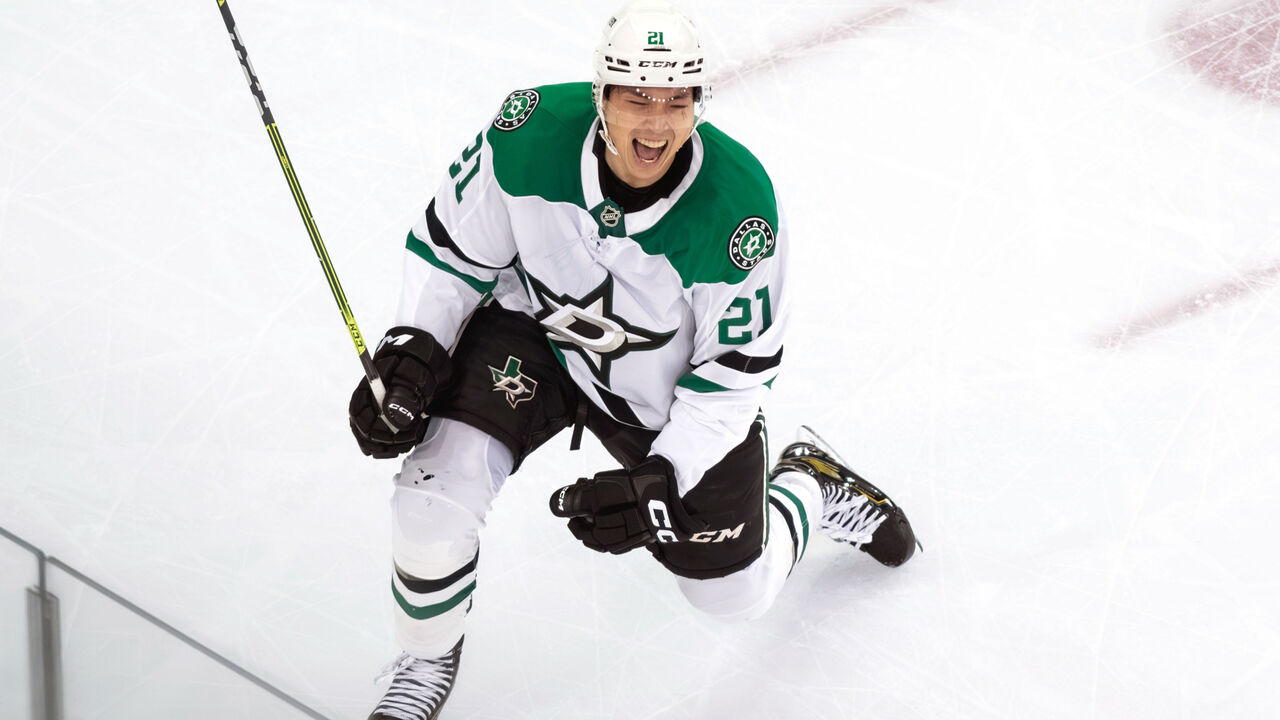
Jason Robertson said it in the book. He's stunned by how much he gets stopped and how much it means that there's an Asian American player who's a star in the NHL, who isn't just playing in third and fourth lines but who's one of the top scorers in the NHL.
It's a business thing. If that means that kids who would never have gone to a game are also buying a jersey and becoming fans, it absolutely has to go forward as a business decision.
theScore: Are there any grassroots communities you've come across that are really good at engaging people of color?
Sandor: Yes, there are lots. For example, Lali Toor in Edmonton who, along with Dampy Brar, are running a program called Apna Hockey for South Asian kids. Apna Hockey means "our hockey," it's a term to get kids feeling welcomed. They have the support of teams like the Jets and the Flames, and they're running programs across North America.
Also, Darnell Nurse supports Free Play for Kids, which is about getting kids involved in a variety of sports, hockey being one of them. There are more and more of these grassroots initiatives in Toronto, too. There's a team that's named for the Seasides from the Colored Hockey League. And, I know the Hockey Diversity Alliance has done things in the Toronto area to make hockey accessible to families in what they call priority neighborhoods.
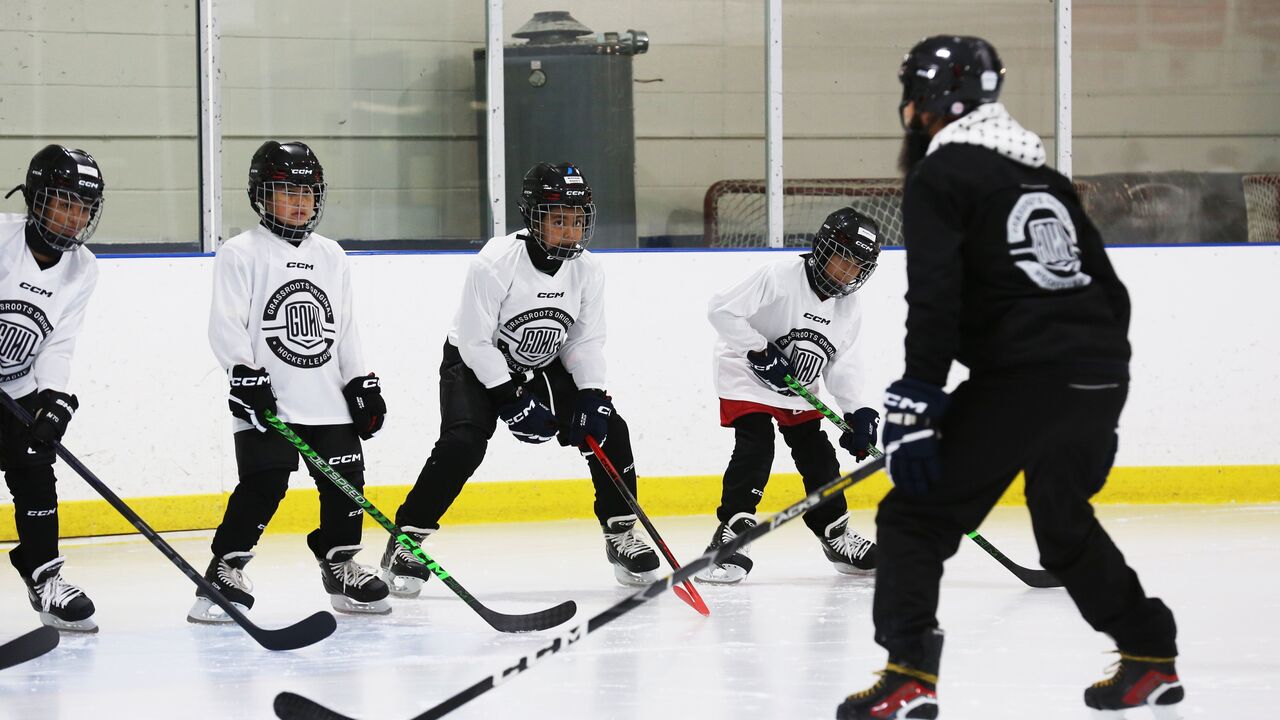
theScore: What else should readers know about your book ahead of its September 2025 release?
Sandor: I'm very cognizant of the fact that the biggest criticism the book is going to get is the skin color of the writer of the book. And it's very fair. I think part of this book for me was a big voyage of self-discovery. There were a lot of "come to Jesus moments" in this book for me, and I hope for the reader as well.
I've had NHL players speak to me for this book who are in tears. I don't think people understand. I think a lot of times people think these people make a lot of money, they're in the limelight, but I don't think they understand the hurt that happens with some of the things they get on Instagram, some of the things they see on social media.
We still see it in hockey today when a player of color makes a mistake in a game. The leash is so short with the fans. When players tell you that when their friends and family come to watch them play, they're uncomfortable because the rink feels so white, that tells you something.
We have to make the hockey rink more welcoming. I believe that the majority of players in the National Hockey League do understand that, but it's one thing to understand. It's another thing to do it.
Jolene Latimer is a feature writer at theScore.
HEADLINES
- McDavid has 2 goals, assist to back Jarry in Oilers' win over Leafs
- Sharks shock Pens in OT after miraculous 4-goal comeback
- Trade grades: Wild instantly become Cup contenders, Canucks score quantity
- Hellebuyck activated off IR, returns vs. Capitals
- Guerin was 'rolling meatballs' when Hughes trade was completed